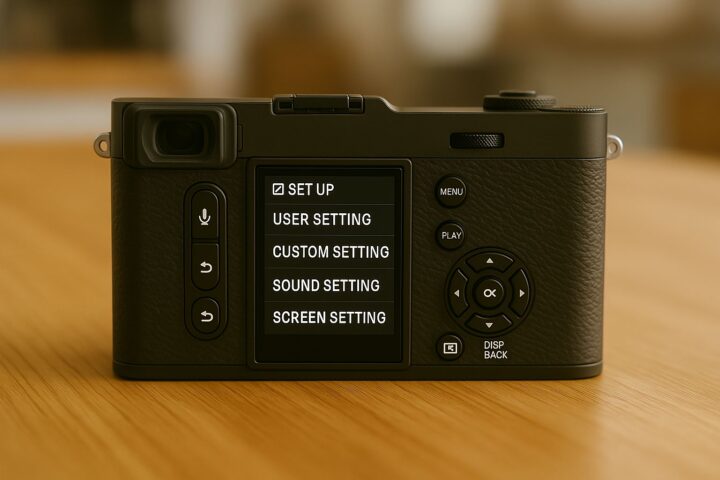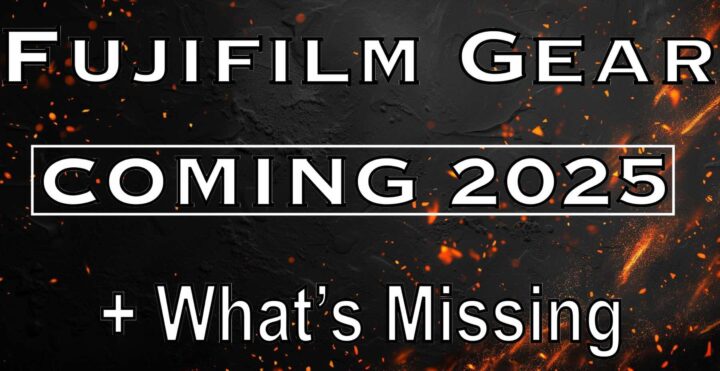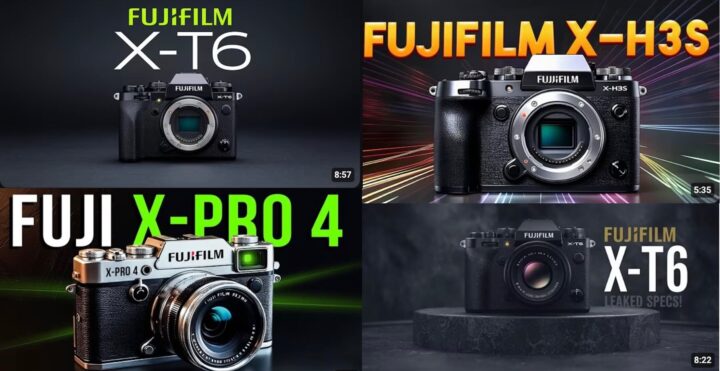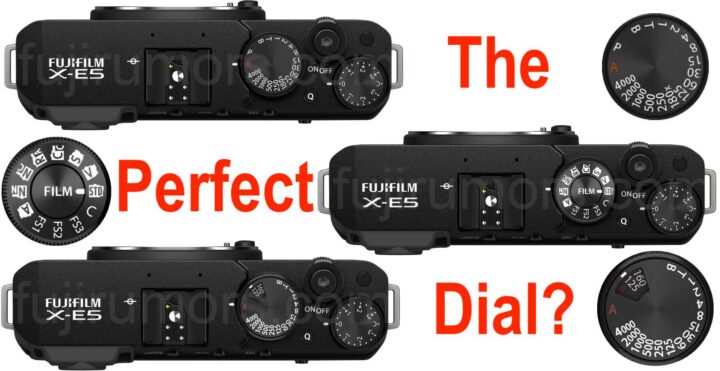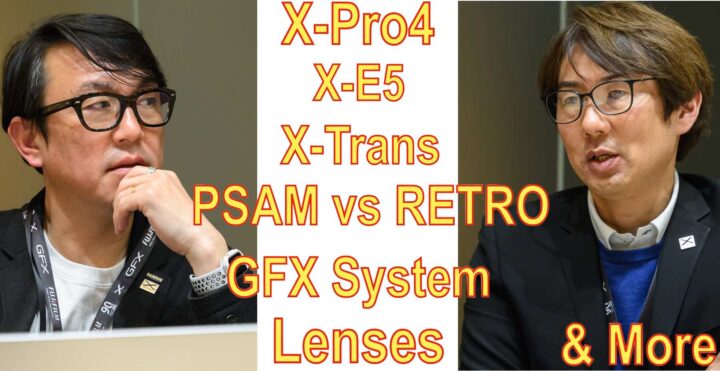Fujifilm Half Frame Camera Mock-ups and Addressing Skepticism
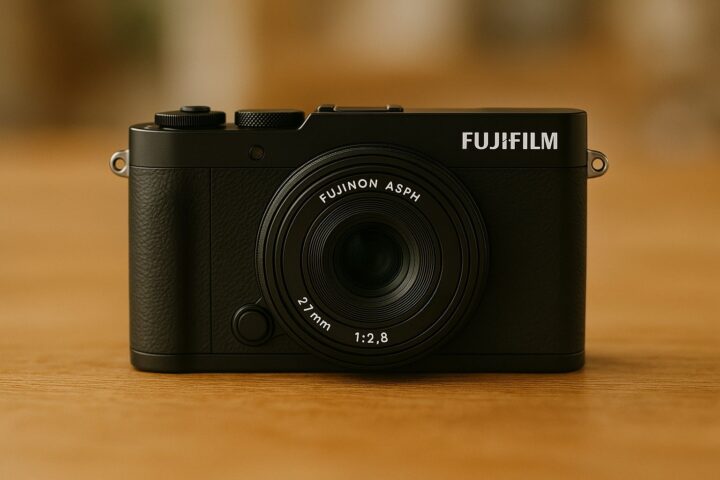
Afters months of remaining unnoticed, FR-reader Mistral spotted the patent for a new Fujifilm digital camera that has to be the long rumored half frame camera.
I have also received emails asking me if mock-ups circulating are real. But I am sad to report they are all fake.
And fake are also all the Fujifilm X-T6, Fujifilm X-Pro4, Fujifilm X-H3, Fujifilm X-H3S, Fujifilm X-T60 rumors and what not.
And just to show you how easy it is to make up realistic looking fake stuff, I have created fake Fujifilm Half Frame images using ChatGPT based on the data provided in the public registration.
Anyway, this gives me the opportunity to address some of the skepticism shared after our previous article.
Seems to big for a 1″sensor
We confirm it has a 1″ sensor. And keep in mind, it is still smaller than the Fujifilm X-M5. And that camera is really small.
There comes a point in which shrinking a camera further probably makes no sense, as it would make it very uncomfortable to handle. I mean, you can shrink cameras, but you can’t shrink human hands. Could Fujifilm have made it smaller? Probably yes. Would it make sense? Maybe not, if you want to still retain some decent ergnomics.
Half Frame is Misleading
Don’t shoot the messenger guys. I just tell you how Fujifilm will market it.
But the fact that it has a vertical LCD is a strong indication that it is indeed intended to work as a half frame camera, especially considering that we have also shared details on how it will work.
If it works as we described, then “half frame” could indeed be a proper term to me.
That’s it from my side… and I wish you an absolutely fantastic day.
